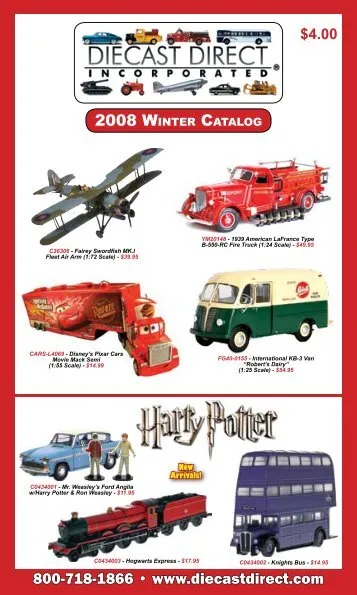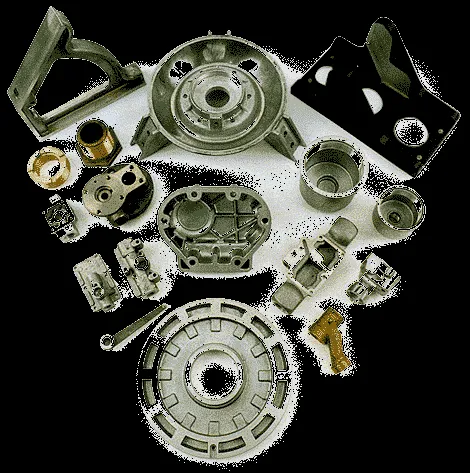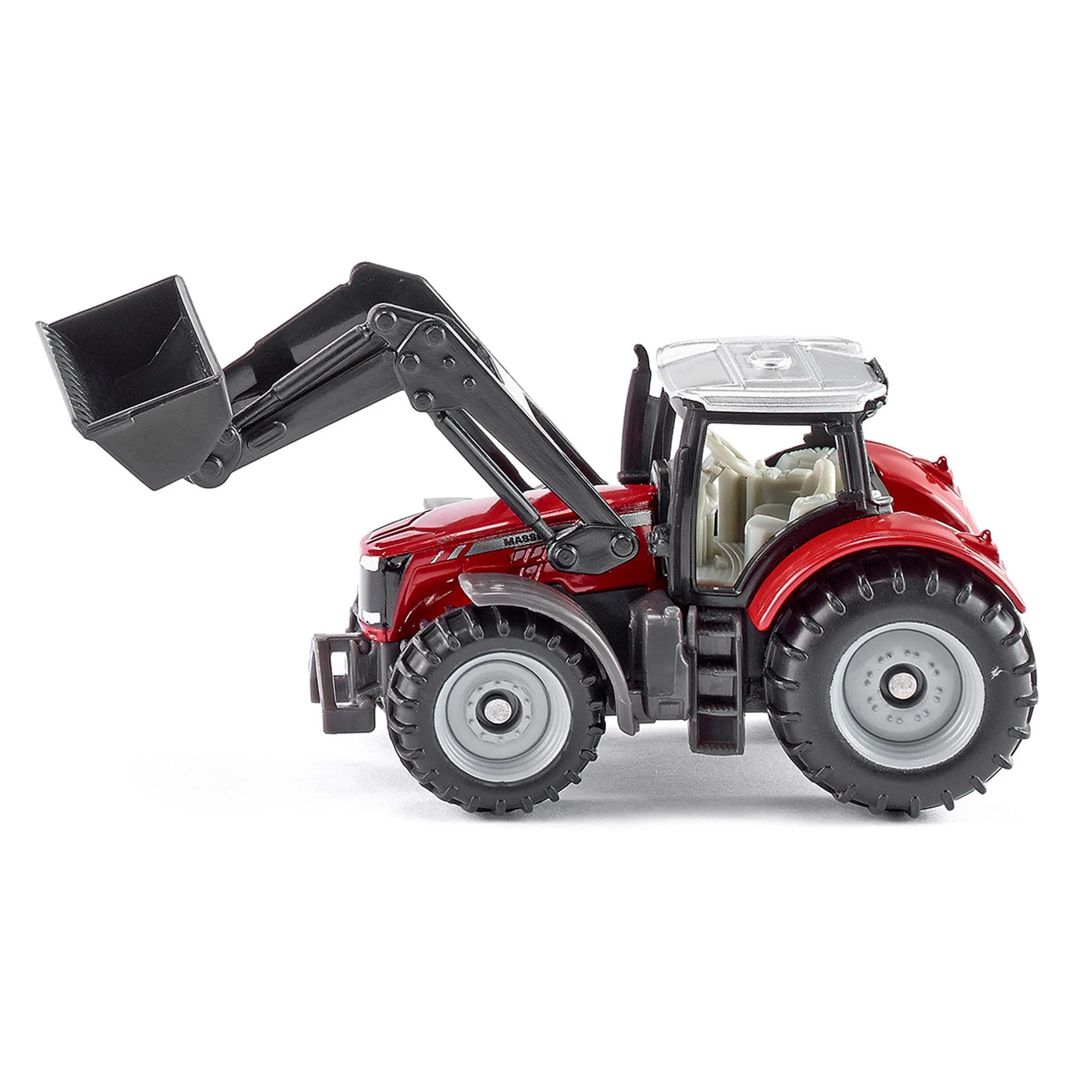What are Diecast Cars?
Diecast cars are miniature scale models of real-life vehicles, typically made using the die-casting method, where molten metal is poured into a mold. These models are cherished by collectors and enthusiasts of all ages, and they range from simple toy cars to highly detailed replicas. The term “diecast” refers to the process of manufacturing these models, which often includes zinc, tin, or lead alloys. Diecast cars are prized for their accuracy, durability, and collectibility, making them a popular hobby worldwide. The level of detail can vary greatly, with some models featuring opening doors, detailed interiors, and realistic paint jobs, while others are more basic representations. These cars have a rich history, evolving from simple toys to intricate collectibles that reflect the evolution of automotive design and engineering.
The History and Evolution of Diecast Cars
The origins of diecast cars can be traced back to the early 20th century, with the earliest models appearing in the late 19th century. Initially, these models were simple toys made from cast iron, but as manufacturing techniques improved, so did the detail and realism of the cars. The post-World War II era saw a surge in popularity for diecast cars, with companies like Dinky Toys and Corgi Toys leading the way. These companies introduced innovative features and increasingly accurate representations of popular vehicles. The 1960s and 70s saw a boom in the hobby, with new manufacturers entering the market and collectors actively seeking out rare and valuable models. Today, the diecast car industry continues to thrive, with manufacturers producing a vast array of models that cater to all tastes and budgets, from classic cars to modern supercars, reflecting the evolution of automotive design.
Benefits of Diecast Cars

Collecting diecast cars offers many benefits, making it a rewarding hobby for people of all ages. Beyond the aesthetic appeal and the enjoyment of owning miniature replicas of real-world vehicles, collecting diecast cars offers unique advantages. They can be a source of nostalgia, as collectors often seek models of cars they remember from their childhood or have a personal connection to. The hobby can also enhance social connections, providing opportunities to meet and interact with other enthusiasts. Diecast cars are also a great way to learn about different car models, their history, and engineering. They also offer the chance to invest, with some rare models increasing in value over time. Additionally, collecting diecast cars is a fun and engaging hobby that offers a sense of accomplishment as collectors build their collections and discover rare models.
Collecting Diecast Cars Improves Fine Motor Skills
Collecting diecast cars can contribute to the development and enhancement of fine motor skills, particularly in children. Handling and carefully positioning these miniature models requires precision and dexterity, which helps improve hand-eye coordination. When collectors handle small parts, detail the cars, or arrange their collection, they are exercising their finger muscles. This practice is beneficial for tasks that require fine motor control, such as writing, drawing, or playing musical instruments. Furthermore, the focus and concentration involved in collecting diecast cars can also help improve cognitive abilities, such as problem-solving skills, by encouraging careful planning and organization when arranging or displaying the collection. This makes the hobby not only enjoyable but also a valuable tool for promoting physical and mental development, especially for younger collectors and enthusiasts.
Diecast Cars Enhance Creativity and Imagination
Diecast cars provide a platform for enhancing creativity and imagination, particularly for children. They offer a tangible medium that can be used for storytelling and imaginative play. Children can create elaborate scenarios, invent characters, and design worlds where their diecast cars become protagonists. These miniature models allow them to explore their creativity by constructing races, recreating historical events, or simply imagining the possibilities of automotive design. The open-ended nature of the hobby encourages children to think outside the box, experiment with different ideas, and develop their own unique narratives. This promotes cognitive development by stimulating creative thinking, problem-solving, and communication skills. The availability of various models, from classic cars to modern vehicles, further fuels the imagination, enabling children to discover different aspects of the world and inspiring a lifelong appreciation for art and design.
Collecting Diecast Cars Offers a Social Experience

Collecting diecast cars fosters social interaction and provides opportunities to connect with other enthusiasts. Through local clubs, online forums, and collectors’ events, individuals can share their passion, exchange knowledge, and build lasting friendships. These gatherings provide a platform for collectors to showcase their prized possessions, discuss the history of different models, and learn from one another. The social aspect of the hobby encourages collaboration and networking, offering a sense of community among individuals who share a common interest. Collectors often participate in trading and selling activities, creating a dynamic marketplace where they can acquire rare models and expand their collections. This social interaction enhances the overall enjoyment of the hobby, transforming it into a shared experience. The ability to connect with others who share similar interests contributes to a more rewarding and fulfilling collecting experience, making it more than just a solitary pastime.
Diecast Cars Provide Educational Value
Diecast cars offer significant educational value, allowing collectors to learn about automotive history, engineering, and design. Each model represents a specific vehicle, often accompanied by information about its specifications, production years, and historical significance. Collecting and researching these cars can enhance an understanding of different car models, their origins, and the evolution of automotive technology. Collectors also learn about manufacturing processes, materials, and scale modeling techniques. Furthermore, they can explore the cultural impact of specific cars, such as their role in popular culture or their association with famous personalities. Diecast cars promote research, critical thinking, and an appreciation for the advancements in transportation. These educational aspects make the hobby a rewarding experience. The detail and accuracy of many models promote an interest in history and design, offering an engaging way to learn and expand knowledge.
Diecast Cars Offer a Sense of Nostalgia
Diecast cars evoke a powerful sense of nostalgia, providing collectors with a connection to their past and cherished memories. Many collectors are drawn to models that represent cars they remember from their childhood or vehicles associated with significant life events. These miniature replicas transport collectors back to simpler times, evoking feelings of warmth, joy, and sentimentality. The act of collecting and displaying these models can trigger positive emotions, acting as a reminder of fond experiences and personal connections. Nostalgic collecting also allows individuals to share their memories with others, fostering conversations and strengthening bonds. The ability to recapture the past through the tangible representation of these cars makes collecting a deeply personal and emotional experience. Collecting models that reflect different eras in automotive history enhances the nostalgic experience, creating a tangible link to the past and offering a sense of continuity.
Diecast Cars Are Great Investments

Collecting diecast cars can be a rewarding investment strategy, with certain rare and limited-edition models appreciating in value over time. The market for diecast cars is dynamic, and the value of a model is influenced by several factors, including its rarity, condition, historical significance, and popularity among collectors. Investing in diecast cars requires careful research and understanding of the market trends, identifying models that are likely to increase in value. Collectors can make a profit by selling their models when demand is high or by holding onto them for an extended period. It is important to be aware of the risks involved, as the value of collectibles can fluctuate. The investment potential of diecast cars adds another layer of interest to the hobby. Collecting rare models and tracking market values can become an engaging and potentially profitable aspect of the collecting experience, making it a smart hobby.
Diecast Cars Are a Fun Hobby
At the heart of diecast car collecting is the fun and enjoyment derived from the hobby. The excitement of discovering new models, the joy of owning miniature replicas of favorite vehicles, and the satisfaction of completing a collection all contribute to the overall enjoyment. Collectors derive pleasure from the details of the cars, the research involved, and the community that surrounds the hobby. The social aspect enhances the fun, allowing enthusiasts to share their passion, exchange knowledge, and participate in events. It’s a hobby that provides a sense of accomplishment, allowing collectors to build their collections and showcase their prized possessions. Collecting diecast cars is a form of self-expression. The diversity of models ensures that there is always something new to discover, adding to the lasting appeal and making the hobby a source of lifelong enjoyment.
How to Start Your Own Diecast Collection
Starting a diecast car collection can be a rewarding experience. Begin by identifying your interests and the types of cars you want to collect, whether it’s classic cars, modern vehicles, or a specific brand. Research the market to understand the value, availability, and rarity of models. Set a budget and stick to it, deciding how much you’re willing to spend on each model. Explore different sources for acquiring your cars, including local hobby stores, online marketplaces, and collector events. Join online forums, collector clubs, and social media groups to connect with other enthusiasts and gather information. When purchasing, assess the condition of the model and any accompanying packaging. Consider how you will display your collection, such as on shelves, in display cases, or in themed dioramas. Most importantly, enjoy the process and embrace the fun of collecting! As you build your collection, you will gain a deeper appreciation for the history, design, and craftsmanship of these miniature marvels, making it an enriching hobby.
